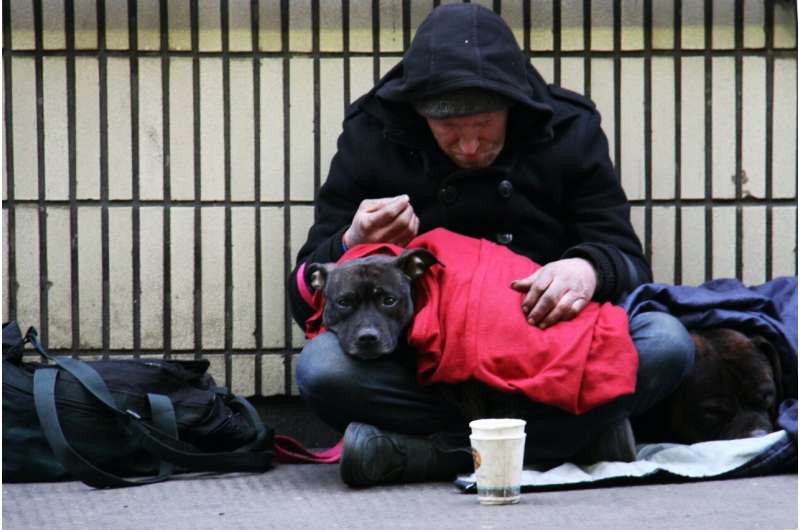Reevaluating Phototherapy in Neonatal Jaundice: The Impact of Skin Color on Treatment Effectiveness

Emerging research suggests that skin pigmentation significantly influences the effectiveness of phototherapy in treating neonatal jaundice, highlighting the need for personalized approaches for diverse skin tones.
Neonatal jaundice, a common condition affecting up to 80% of full-term newborns, occurs when excess bilirubin, a yellow pigment resulting from red blood cell breakdown, accumulates in the body. While mild cases often resolve naturally, elevated bilirubin levels pose risks such as brain damage if left untreated. Phototherapy remains the primary treatment, utilizing blue light to transform bilirubin into excretable forms.
Recent research highlights the importance of considering skin pigmentation in phototherapy efficacy. A computer modeling study published in Biophotonics Discovery examined how skin color influences the amount of therapeutic light reaching bilirubin in newborns. Researchers from the University of Twente, Isala Hospital, and University Medical Center Groningen simulated light penetration in different skin tones, incorporating factors like bilirubin concentration, skin thickness, hemoglobin levels, and wavelength of light used.
Since specific data on neonatal skin pigmentation are limited, models relied on adult skin pigmentation data. Findings suggest that skin pigmentation significantly impacts light absorption. Darker skin tones may receive up to 5.7 times less effective light dose compared to lighter skin under identical phototherapy settings. Consequently, this could translate into a reduction in bilirubin decrease of approximately 40.8% for light-skinned infants versus 25.6% for dark-skinned infants after 24 hours of treatment.
The study also indicates that optimal wavelength for phototherapy might vary with skin color. Light-skinned infants tend to respond better at around 460 nm, while darker-skinned infants could benefit from wavelengths closer to 470 nm. A compromise wavelength near 465 nm may offer a balanced approach for diverse skin tones.
Currently, standard phototherapy protocols do not tailor treatment based on skin color, which may lead to less effective treatment in darker-skinned infants. The researchers emphasize the need for clinical studies to verify these theoretical findings, to determine if real-world bilirubin reduction varies across different skin tones, and to refine personalized treatment strategies.
The authors conclude that understanding the influence of skin pigmentation on light absorption during phototherapy is crucial. Validating these models through clinical research could pave the way for more effective, customized treatments for neonatal jaundice, ensuring better outcomes for all infants regardless of skin color.
Source: https://medicalxpress.com/news/2025-08-rethinking-phototherapy-skin-infant-jaundice.html
Stay Updated with Mia's Feed
Get the latest health & wellness insights delivered straight to your inbox.
Related Articles
Rising Alcohol-Related Cancer Deaths in the United States
A new study highlights the alarming rise in alcohol-related cancer deaths in the US, emphasizing the need for increased awareness and preventative strategies to combat this growing health threat.
HIV Outbreak in Maine Highlights Risks of Policy Changes on Homelessness and Drug Use
An HIV outbreak in Maine reveals how policy changes targeting homelessness and drug use can exacerbate public health crises. Experts warn that restricting harm reduction programs may lead to more infections and outbreaks. Read more about the implications for health and policy.
Study Shows AI-Generated Vaping Ads Are as Effective as Official Campaigns in Educating Youth
A University of Queensland study reveals that AI-generated vaping awareness ads, co-designed with youth, are as effective as traditional campaigns, potentially speeding up public health responses. Learn how AI can transform health communication.



